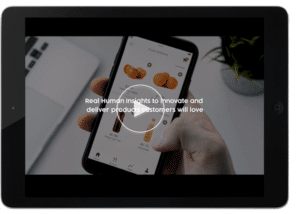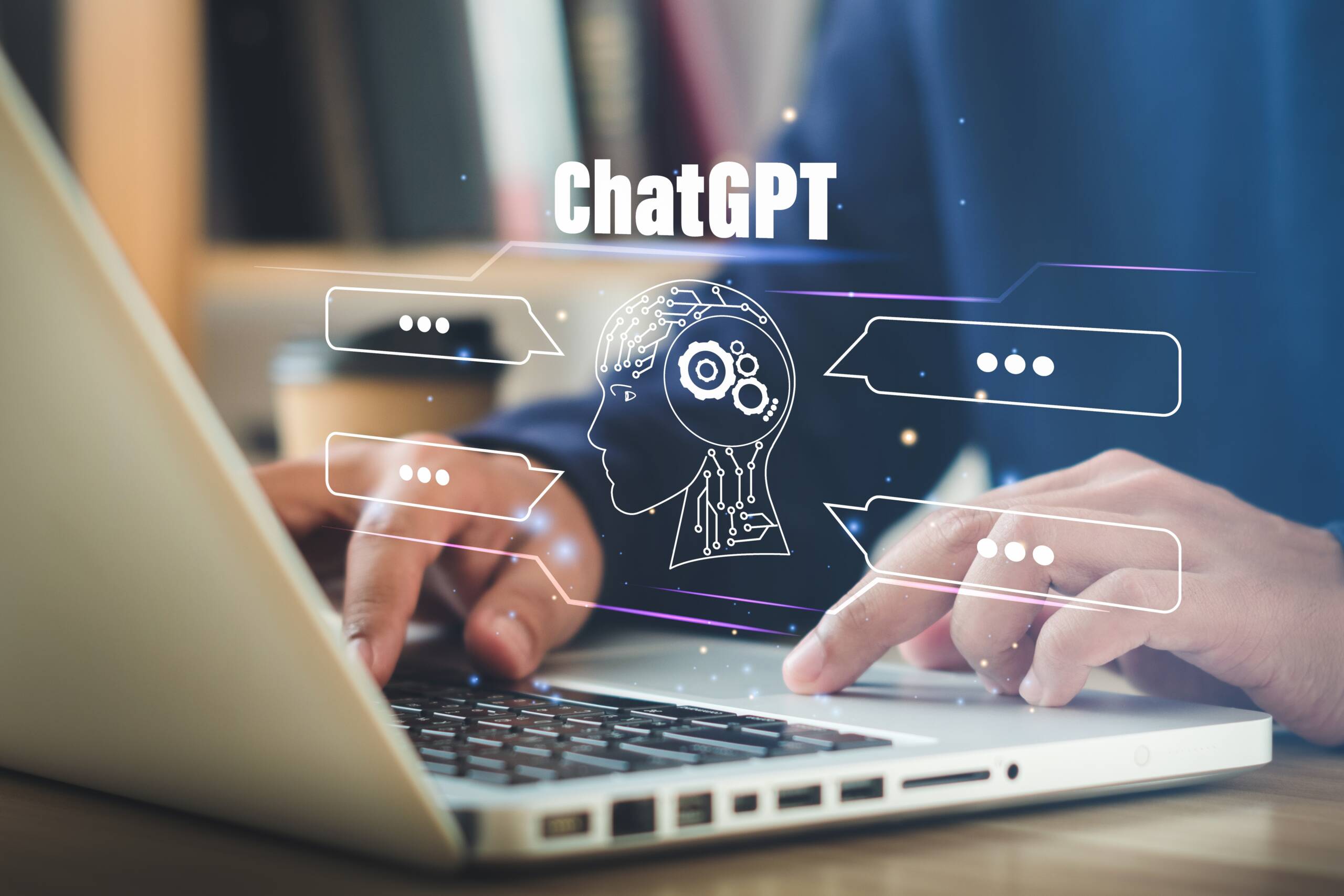As a journalism major and marketer at Catalyst UX, the initial thought of ChatGPT had me worried about how ChatGPT would impact my job and these industries. As a result, I started to use ChatGPT in my work and found it to be quite useful, if used appropriately. This got me thinking, how might one use ChatGPT in UX design? Below are some examples of ChatGPT, artificial intelligence, and natural language processing (NLP) and how it affects UX Design.
What is ChatGPT?
What exactly is ChatGPT? ChatGPT is a type of conversational artificial intelligence language developed by OpenAI, a research laboratory founded in 2015. In part, the goal is to improve more natural and engaging conversational interfaces.
ChatGPT uses deep learning techniques, specifically a type of neural network called a transformer, to understand and generate natural language text.
Also covered in this article are features made possible by natural language processing (NLP) which is a fundamental component of ChatGPT. ChatGPT uses NLP algorithms to generate human-like text responses to a given response (more on this later).
Why is ChatGPT Popular?
ChatGPT, as an AI language model, has gained a significant amount of popularity in recent years. In part, this is due to the fact that ChatGPT was one of the first AI technologies of its kind to be made available to the public in a way they could comprehend. Since its introduction in 2018, the technology has been widely adopted by various industries, including customer service, healthcare, finance, marketing, education, and more.
According to Adam Conner, vice president for technology Policy at the Center for American Progress, “What is different about GPT is that it is generative-it generates outputs in ways that normal human beings understand as opposed to [the technology] just kind of outputting code or data.”
How can ChatGPT help with UX Design?
In part, ChatGPT is not new in UX design. Technologies like chatbots have been around for a while now. That said, here is a list of ways ChatGPT can help create more human-like interactions and improve the overall user experience, and help UX designers in their jobs.
Chatbot development.
Chatbots are not new in UX design. In fact, one of the earliest chatbots that gained popularity in UX design was ELIZA, developed in the mid-1960s by Joseph Weizenbaum (MIT) to emulate the behavior of a therapist. Today, AI-powered chatbots can be used to improve customer service, by providing users with quick and accurate responses to their queries. Chatbots can also be used to guide users through an application or website.
User Testing.
ChatGPT can be used in user testing to simulate real-world conversations and interactions with users. This can help UX designers to identify user pain points and improve the user experience. UserTesting, a software company that provides user testing and research services, is one company we found that uses ChatGPT. UserTesting has integrated ChatGPT into its platform to simulate real-world conversations and interactions between users and chatbots and virtual assistants with more human-link responses.

In this illustrates how UserTesting has integrated ChatGPT into its platform to simulate real-world conversations and interactions between users and chatbots.
Content generation.
ChatGPT can be trained to generate product descriptions, user instructions, and other types of content that can improve the user experience. This can save time and resources for businesses, allowing them to focus on other aspects of UX design.
Or, if you are creating a design for practice that doesn’t have any content to place inside it, you can use ChatGPT (think no more lorem ipsum!). Instead of copying from another Google article or website, go to ChatGPT and ask for content; it will provide it.
Feedback Analysis.
ChatGPT can be used to analyze user feedback and identify trends and patterns that can inform UX design decisions. By analyzing user feedback, ChatGPT can identify common issues or areas for improvement and provide insights that can help UX designers make data-driven decisions.
AI, Natural Language Processing (NLP) and UX Design
As artificial intelligence and national language processing (are fundamental aspects related to ChatGPT, below are a few of these uses in UX design.
Voice Assistants:
Voice assistants are made possible by both AI and NLP . They were first introduced into UX design in the early 2010s with the launch of Siri on the iPhone 4S in 2011. Siri was quickly followed by other voice assistants, such as Google Now and Amazon’s Alexa, which were integrated into smartphones and other devices to provide hands-free interaction with users.
Since then, voice assistants have become a popular tool in UX design, providing users with a more intuitive and natural way to interact with technology. They are used in a variety of applications, from smart home devices to virtual assistants for businesses and healthcare. As natural language processing technology continues to improve, voice assistants will be more sophisticated, and able to help users carry out more complex tasks and also provide more personalized service.
Personalization:
Personalization with AI has been used in UX design for many years, with early applications in e-commerce and online advertising (think Amazon’s product recommendation engine launched in 1999).
Today, AI-powered personalization has become more widespread. Uses include: product recommendations, search results, and other content based on user data and behavior. And as machine learning and natural language processing improves, the user experience will be even more personalized.
Predictive Analysis:
AI can be used to predict user behavior and preferences, which can help make informed design decisions.
One example of AI and ChatGPT being used for predictive analysis in UX design is the product design platform Sketch. In short the tool uses AI and ChatGPT to enable predictive analysis in design in a way that saves time and effort for the designer.

Sketch uses AI and ChatGPT to enable predictive analysis in design in a way that saves time and effort for the designer.
Sketch has integrated a plugin called “Assist,” which uses AI and NLP to predict the user’s intended design changes and automate the design process. Assist uses a ChatGPT-based model to understand the user’s natural language commands and generate appropriate design changes in response.
For example, if a user types “I want to make this button bigger,” Assist will use the ChatGPT-based model to predict the user’s intended design change and automatically generate the appropriate design update. The user can then accept or modify the suggested changes, saving time and effort in the design process.
Language understanding:
AI-powered natural language processing can be used to understand and interpret user input, such as speech or text. This can help to create more intuitive and user-friendly interfaces.
An example of a company using AI-powered NLP in UX design is InVision, a design collaboration platform. InVision has integrated an AI-powered tool called “Design System Manager,” which uses NLP to help designers create and maintain consistent design systems across their projects.
The Design System Manager uses NLP algorithms to analyze design language and identify common design patterns and elements. This enables designers to create a standardized design system that can be easily applied across their projects, improving consistency and efficiency in the design process.
Final Thoughts
The evolution of ChatGPT is exciting and powerful. And while we’ve just outlined a few ways ChatGPT can be used in UX Design (whether to help end users or the UX designer), there is so much to the approach to UX design. If you have a product you are designing or updating and are interested in incorporating any of these ideas, email us or fill out the form below an we will be in touch.
About the author: Tara Verner has over 20 years of marketing experience in consumer and business to business sectors. She has extensive experience in technology marketing. Currently Tara is the CEO and Founder of Bee Direct Marketing, a marketing consultancy based in Silicon Valley. She is also the Vice President of Digital Solutions for Catalyst UX, the leader in UX design for the medical and life sciences field. Tara holds a BA in Journalism and Spanish from Boston University and an MBA from Boston University.

